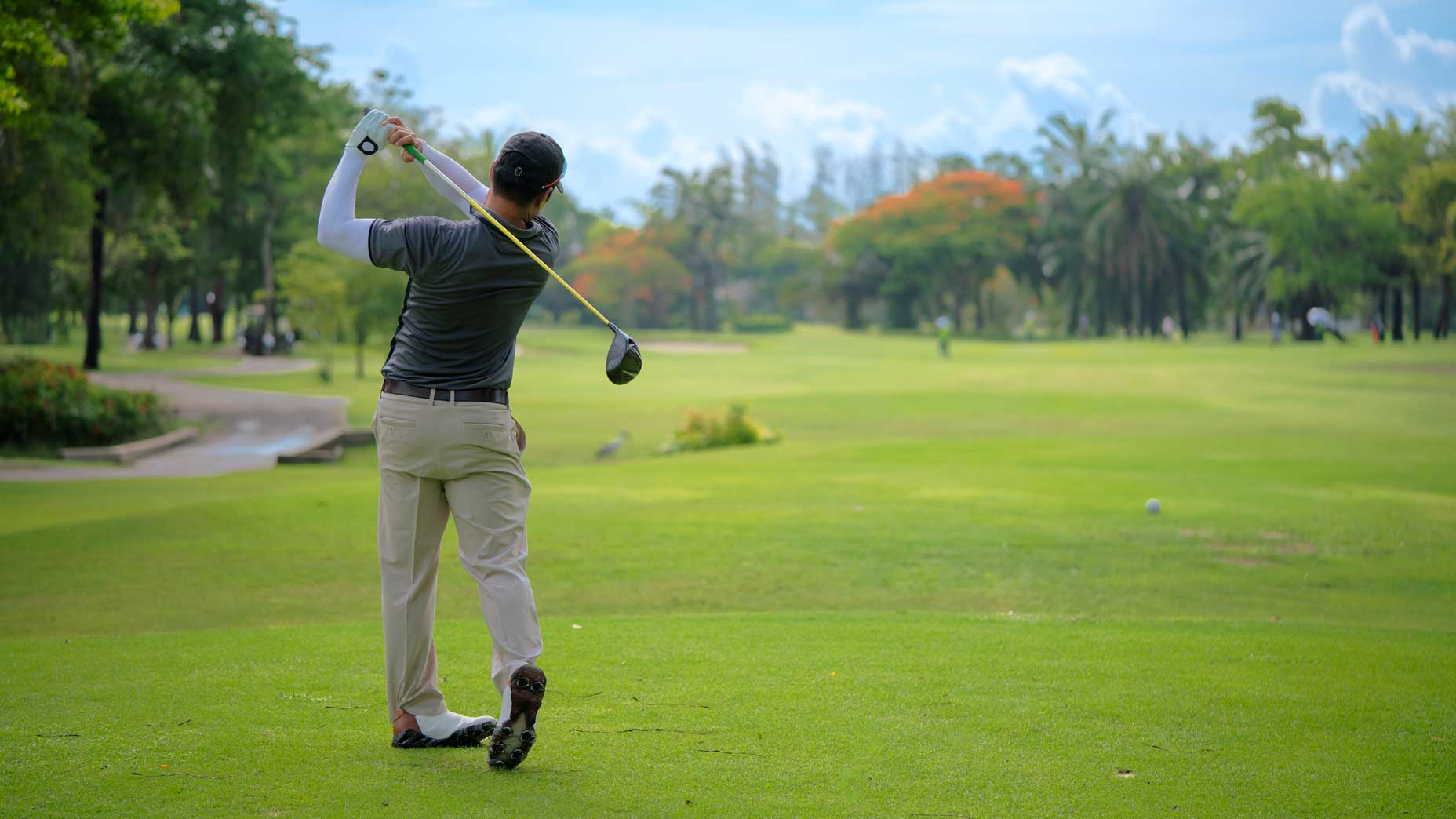Golf instructors spend their days watching golfers make mistakes. It’s a part of the job description, and it’s also how they stay in business.
GOLF Top 100 Teacher Jonathan Yarwood is no different. As a 24-year veteran of the teaching profession, he’s been correcting mistakes in the golf swing almost as long as I’ve been alive (no, I’m not kidding), and he’s coached everyone from beginners to the best in the world.
Yarwood is always a great source of information in the instruction space, and anytime I get a chance to pick his brain, I take it. Most recently, I spoke with him during the GOLF Top 100 Teacher Summit, and my question was simple: What’s the biggest swing mistake amateurs make? Check out what he said — and how to fix it — below.
Early extension
“A lot of people come over the top,” Yarwood said. “And the reason they come over the top is they move their mass toward the ball.”
What Yarwood describing was — in instruction-speak — early extension. This silent swing killer plagues tons of golfers as they come out of their posture on the downswing, and it makes consistent contact difficult to achieve.
Why is it caused?
“[Early extension] is often caused by what the right knee does,” Yarwood said. “What we see on the pressure plates is they’re onto the front of their toes too early and their mass goes toward the ball, and then you can’t rotate.”
When you shift toward the ball, your body gets in the way of the club and you must come over the top to hit the ball.
How do you fix it?
“A really good exercise you can do is lift your toes up on your trail foot and just make some swings,” he said, “Push your pelvis from your right heel to your left foot, and really keep yourself closed in transition.”
Yarwood explained that the common denominator he sees on all great ball strikers is the ability to keep their weight back longer in the swing before rolling it through to the front side. This allows players to “stay out of the way of themselves” and rotate through the ball with a shallow path.
“You’re not thrusting, you’re not moving forward and getting in the way of yourself,” Yarwood said. “Literally ‘back in’ to the shot and then rotate.”
